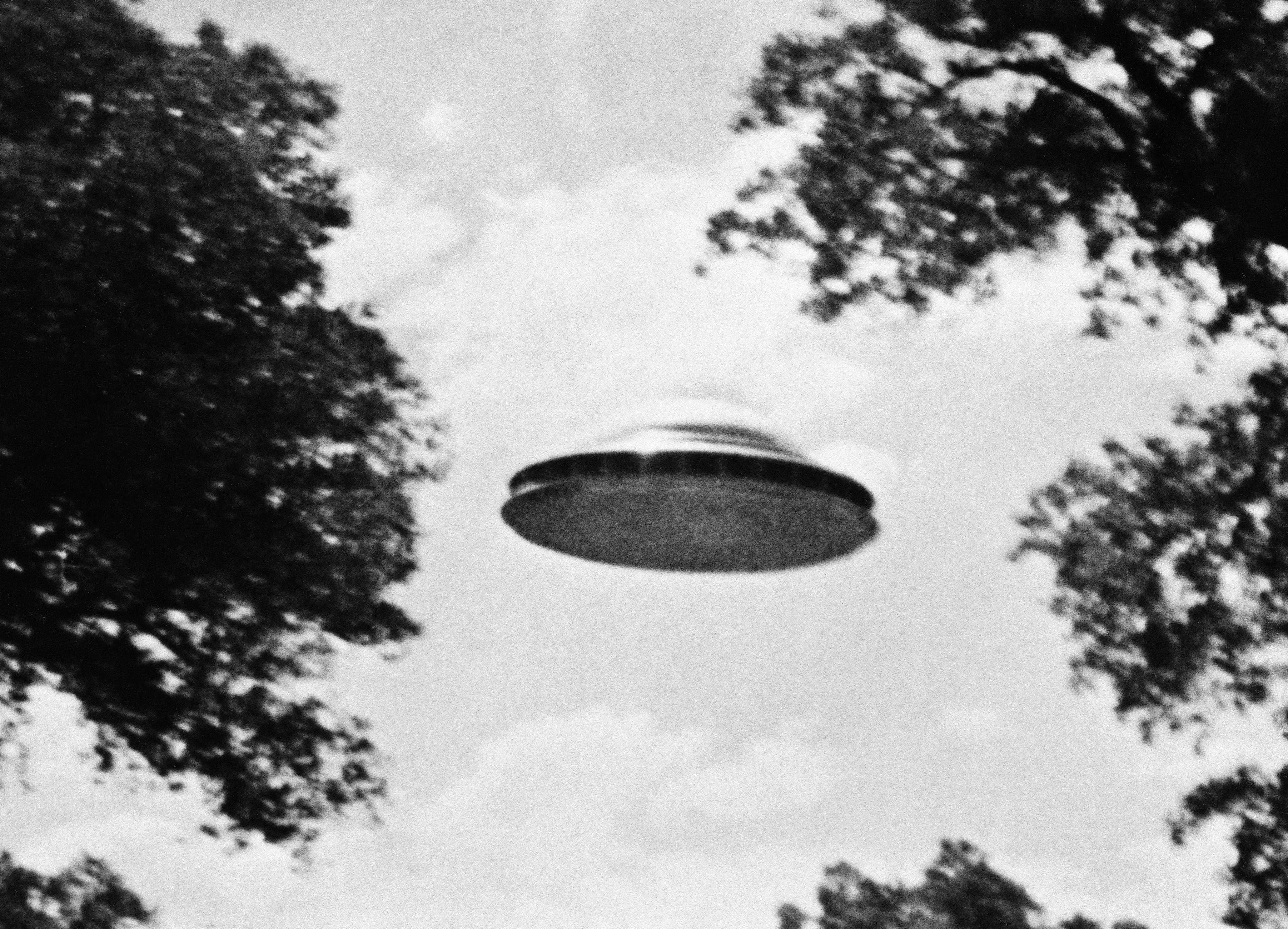Create a free profile to get unlimited access to exclusive videos, sweepstakes, and more!
We want to believe: Newly released Navy reports shed a bit more light on those declassified UFO videos

Late last month, the United States Navy declassified three UFO videos that have been illicitly circling the internet for the last 13 years. It was a testament to how crazy the world is right now that "proof" of aliens existing was about the least shocking thing of 2020 so far. The news was soon buried by the ongoing coronavirus pandemic and the arrival of those charmingly named murder hornets.
SYFY WIRE's own Phil Plait voiced his skepticism about the government's UFO videos, but some newly released "incident reports" (you can read them via CNN) do offer up a bit more context on the alleged close encounters. The truth is out there ... if you're willing to sift through 34 pages of dry, bureaucratic jargon.
Fortunately for us laymen, CNN broke down the most salient points from the documentation in a separate story published earlier this week. And like our own Mr. Plait, the U.S. Navy isn't jumping to the conclusion of Acking invaders from Mars just yet. In fact, the reports flat-out admit that the unidentified objects were probably "Unmanned Aerial Systems (UAS)." That's just a fancy term for drones.
In November of 2013, an F/A-18 (again, this is simply dolled-up lingo that refers to a kind of supersonic jet) pilot "was able to visually acquire a small aircraft. The aircraft had an approximately 5-foot wingspan and was colored white with no other distinguishable features. Due to the small size, the aircraft was determined to be a UAS," reads one of the documents.
Even if we aren't about to be colonized by little green men, these UFO encounters are still troubling because the government has no idea who (or what) is controlling these mystery drones. A prevailing theory is that they're being sent from Russia or China in an effort to collect intel on the United States (think the famous U-2 incident of the Cold War, just without a pilot). Possible military espionage aside, these craft present a pilot safety risk since they are small and unmanned, a dangerous combination that makes them harder to spot on radar.
"I feel it may only be a matter of time before one of our F/A-18 aircraft has a mid-air collision with an unidentified UAS," reads another report.
All of this is pretty interesting stuff, but after looking at the facts, our question is this: If the Navy doesn't think these flying objects are aliens, then why has it taken so long for them to say so? Wouldn't they want to curb the exponential growth of conspiracy theories? Who knows, maybe their long-running silence has stemmed from a place of national security rather than a desire to keep the public ignorant of extraterrestrials living on Earth, Men in Black-style. Of course, there are still plenty of unknowns, as evidenced by comments made by former Pentagon official Luis Elizondo in 2017.
Still, if you've been paying attention over the last year or so, you can actually trace a path being laid for the exciting UFO deluge. In January of last year, the public first learned about the American government's study of "anomalous aerospace threats." By September, the Navy was willing to acknowledge a video posted by Blink-182's Tom DeLonge (a rock legend and ardent believer in the existence of life beyond this planet).
Then there was the whole "raid" on Area 51 and Edward Snowden admitting that the CIA database didn't hold any concrete proof of aliens.
With the launch of Space Force (which caused a bit of an uproar Friday with the unveiling of its Star Trek-adjacent flag), we could be entering a new era of transparency when it comes to how governments across the globe deal with issues relating to the cosmos. Just last week, for instance, Japan announced that it would be adopting preparedness protocols for possible UFO sightings.


























